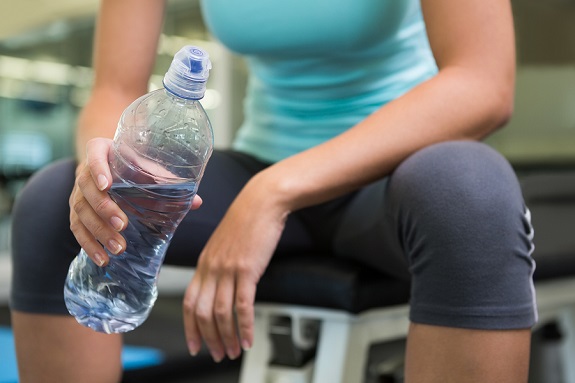
We’ve all experienced it at one time or another. Whether it was when we first started a bodyweight exercise program or stared back up again after taking a break. What I’m talking about are sore muscles.
Before discussing how to minimize the soreness felt in muscles a day or two after starting or restarting an exercise program, or a significant change in intensity or duration to an existing program – called Delayed Onset Muscle Soreness or DOMS, let’s first talk about what causes it. When we exercise tiny tears in muscle fiber occur. As could be expected, the amount of tears is generally related to how hard or long the stressed is on the muscle and to a great extent the kind of exercise performed. While uncomfortable for a few days after occurring, it is a natural body response as part of its adaptation to something different than what it is used to. However, there are some things that you can do to minimize its effects:
Proper Nutrition
Muscles need protein to repair themselves. The best time to consume it is about a two-hour window after exercising. Protein sources should be from both plant and animal-based at the rate of 1 gram of protein per pound of body weight.
Adequate Hydration
Dehydration can inhibit cell recovery at the muscular level so be sure to drink enough water before, during and after working out. A good rule-of-thumb is to drink 20 to 24 ounces of water per hour of workout. A good hydration gauge is the color of your urine. If it is dark yellow, you need to consume water until it turns either a light yellow or runs clear.
Compression
Doing a cool-down after exercising helps to reduce delayed soreness, but so does rubbing down the worked muscles. Get a massage or have your significant other work the excess fluid out of your muscles.
Blood Flow
Just as cells need water to repair themselves, so do they need blood flow. Not only does fresh blood bring in much needed oxygen for cell repair, but it also takes out wastes created from exercising. An alternating cold/hot shower, ice bath or a swim are all good post-workout ways to keep the blood flowing.
Topical Ointments
There are several good products that you can rub on the affected area immediately after exercising, and up to several days after, that will reduce soreness and help with muscle recovery. They work by reducing cellular calcium buildup, increasing blood flow and provide a cooling sensation along with relieving pain.
Exercising doesn’t have to be painful. Use these five tips to make working out more enjoyable.
